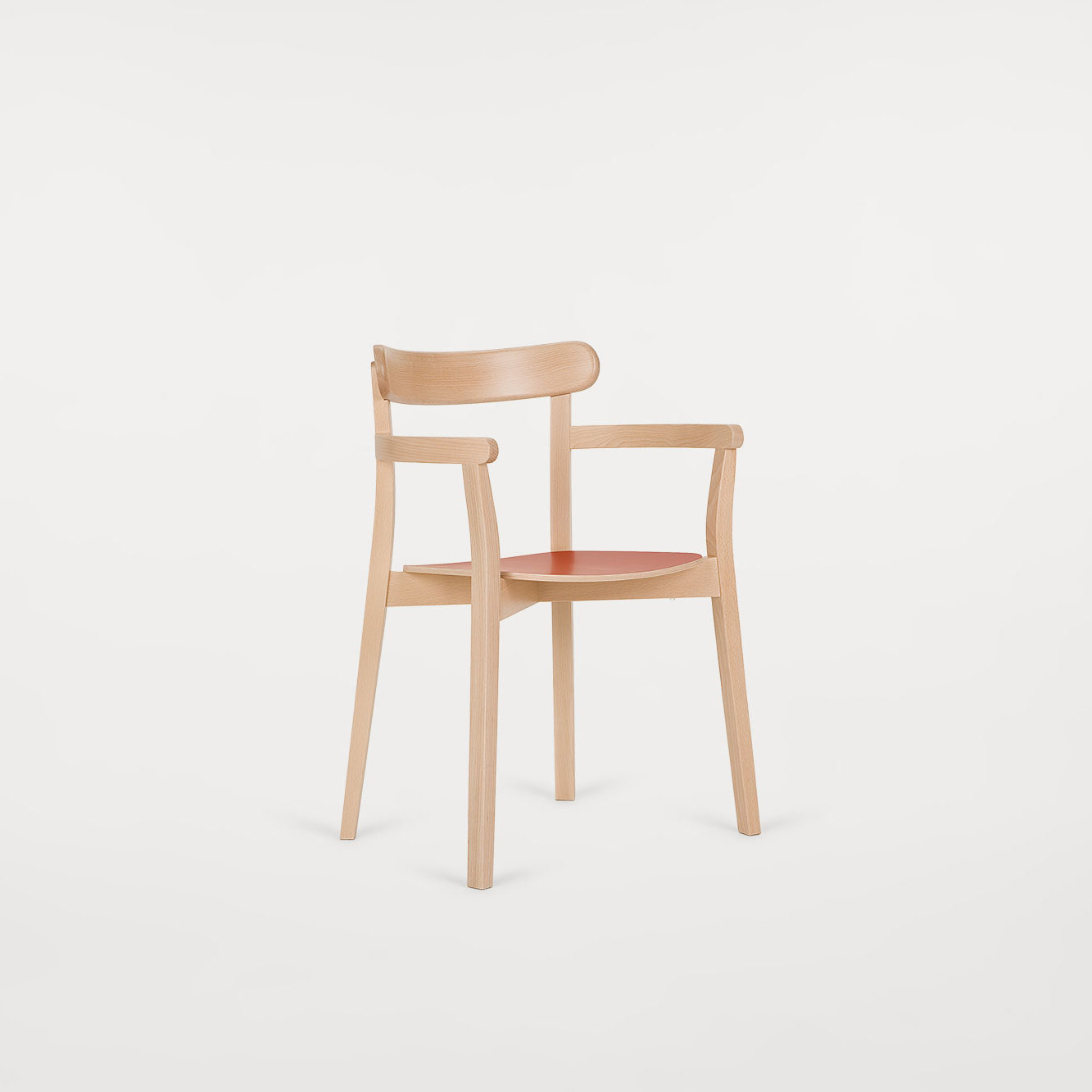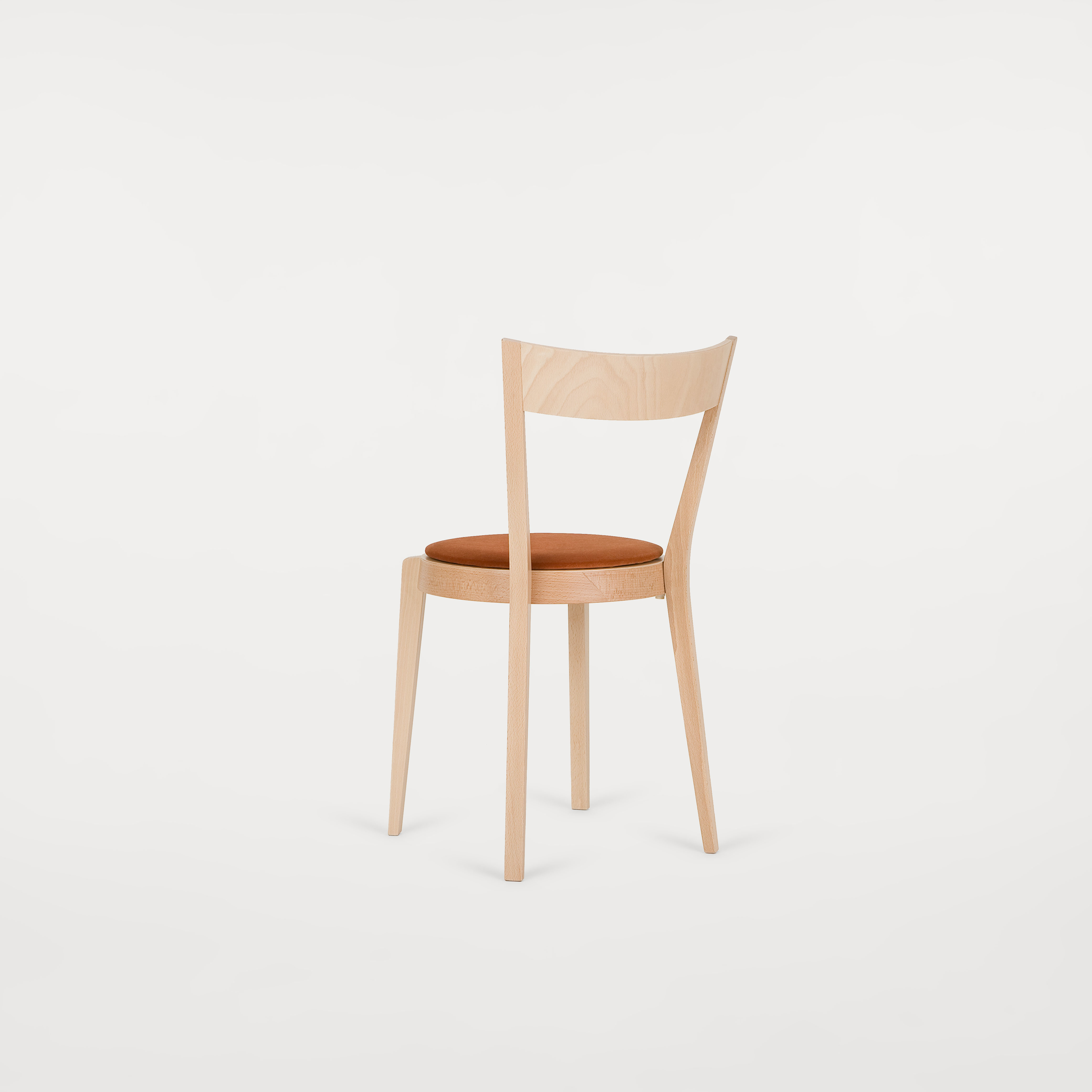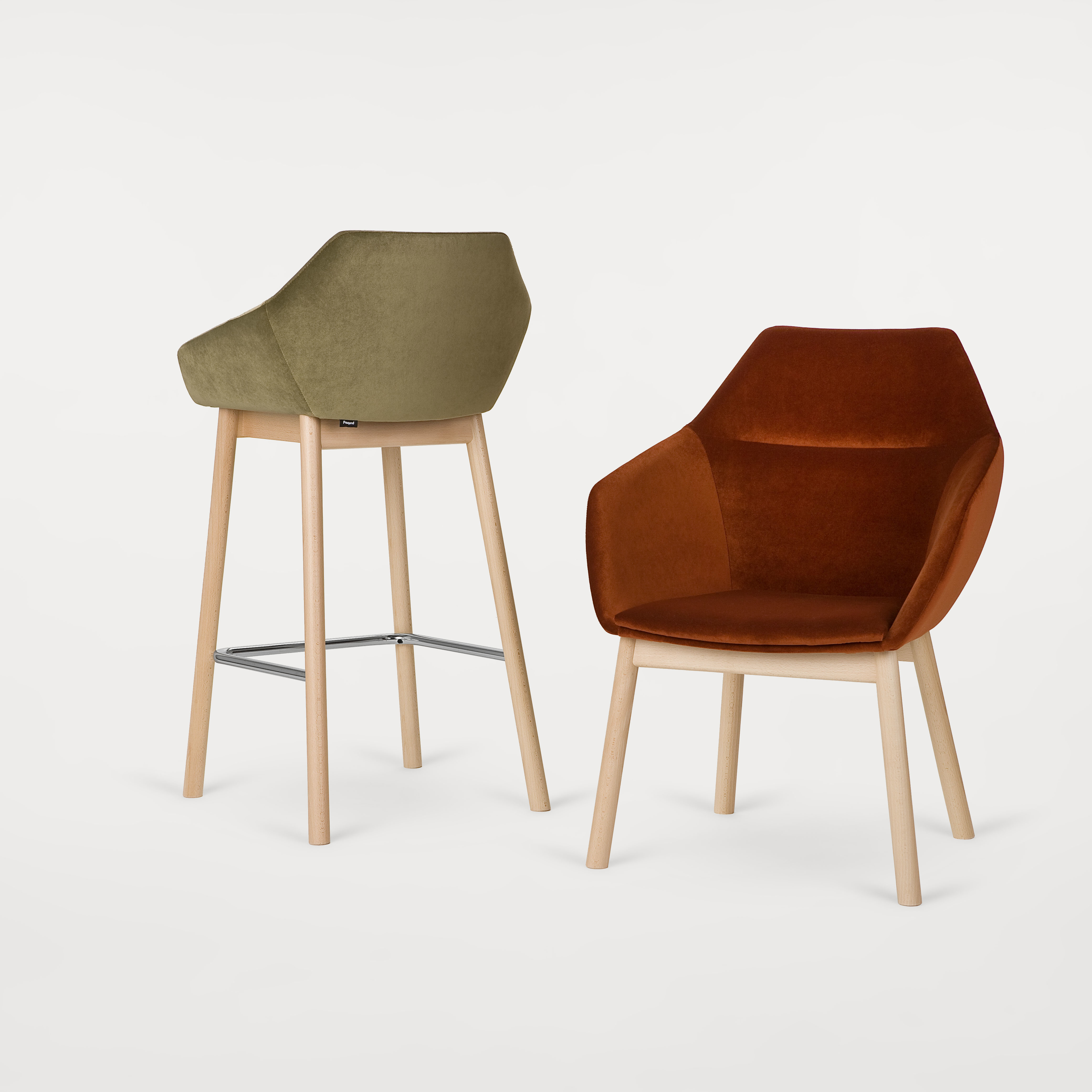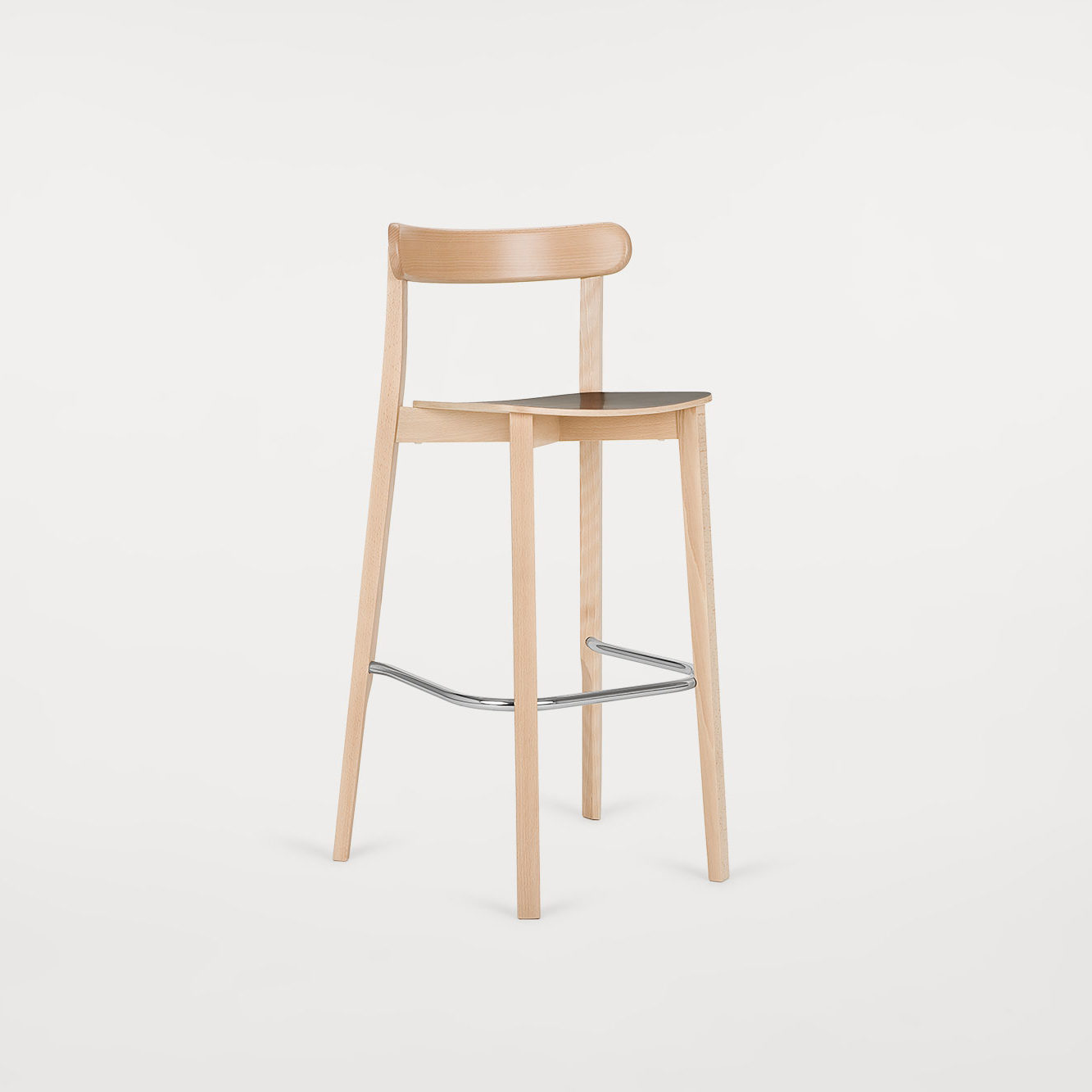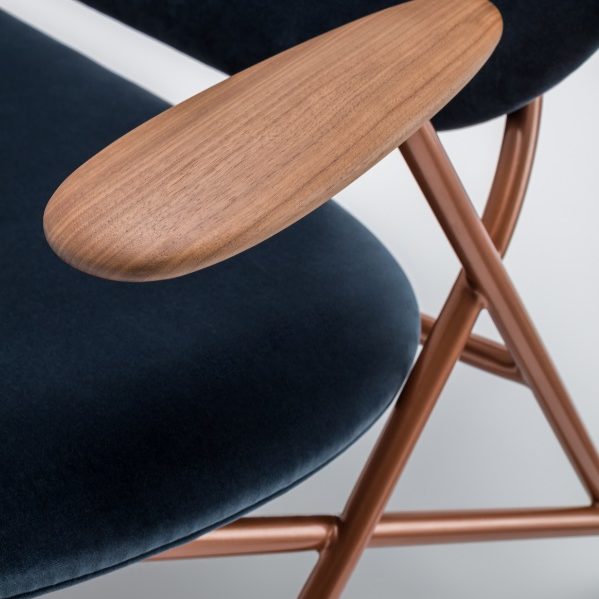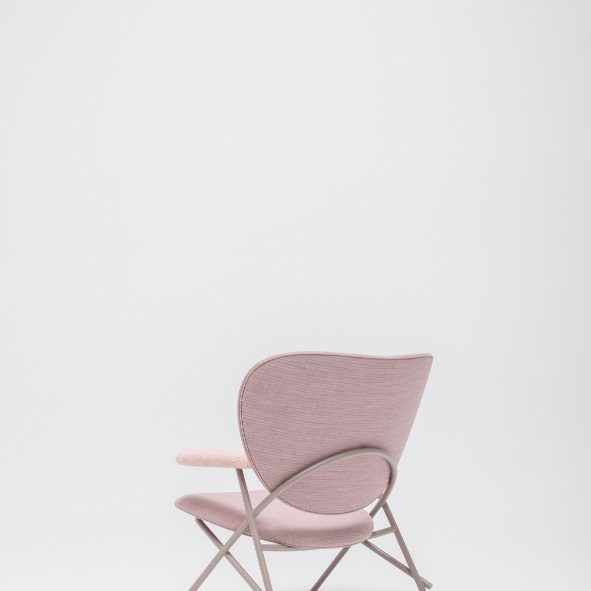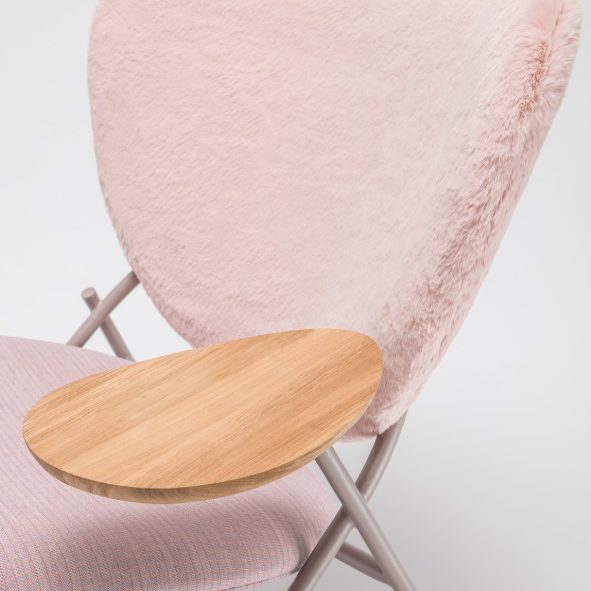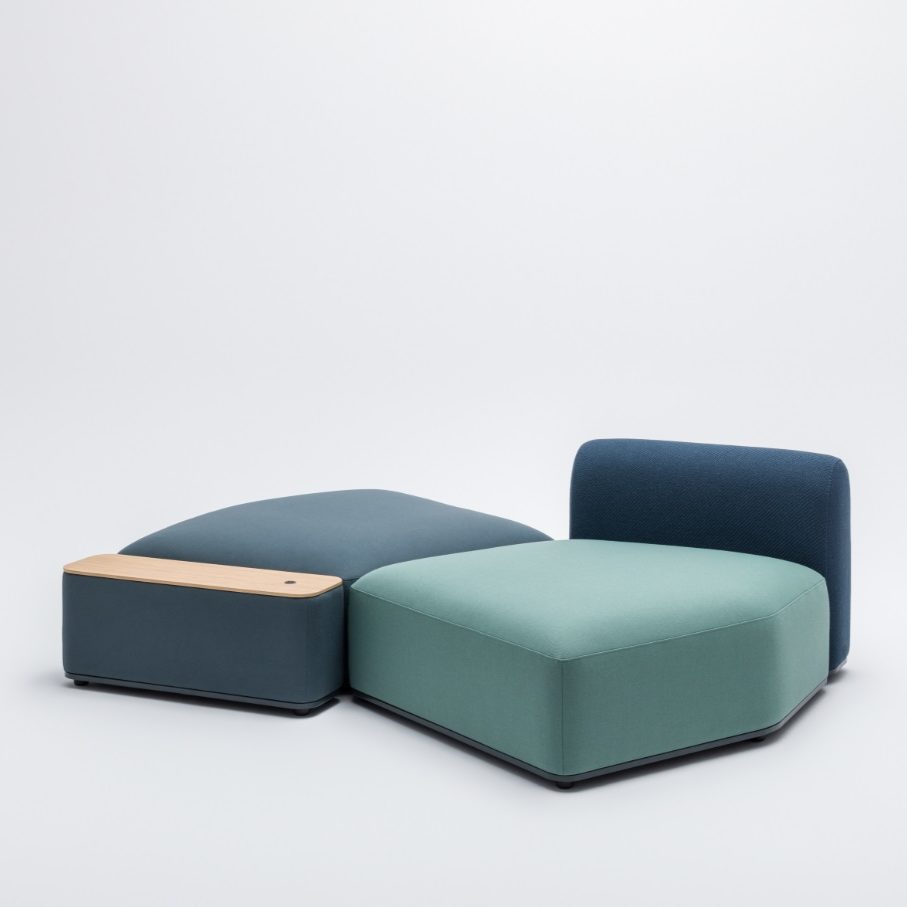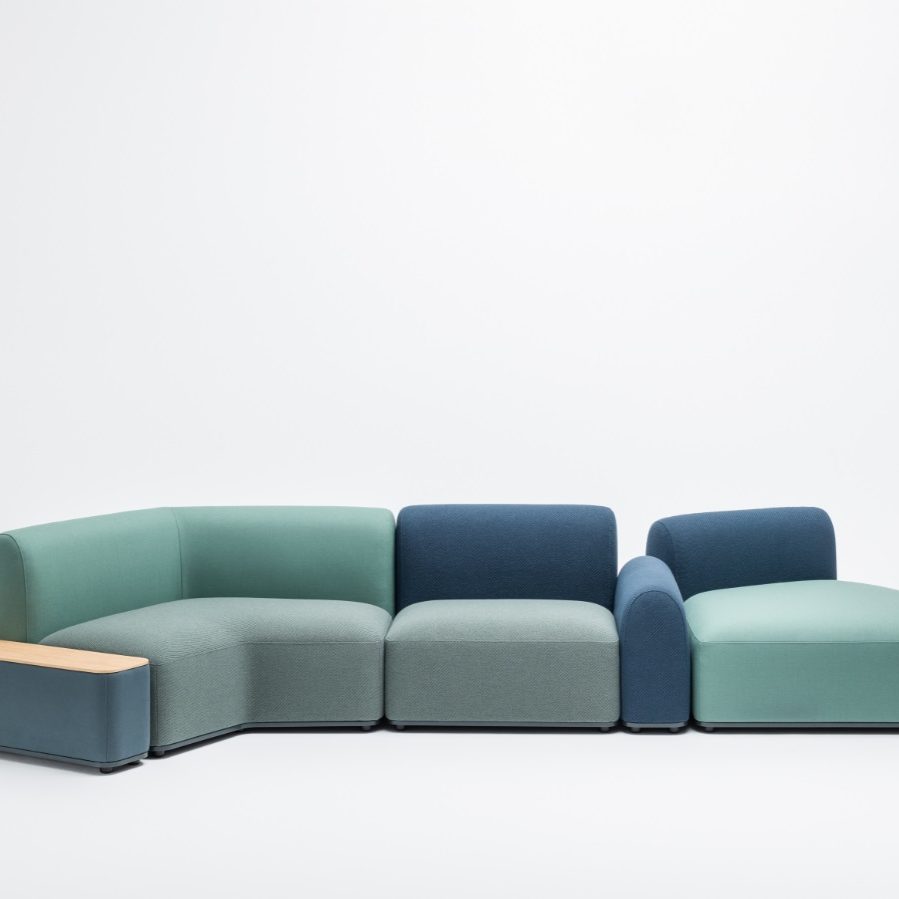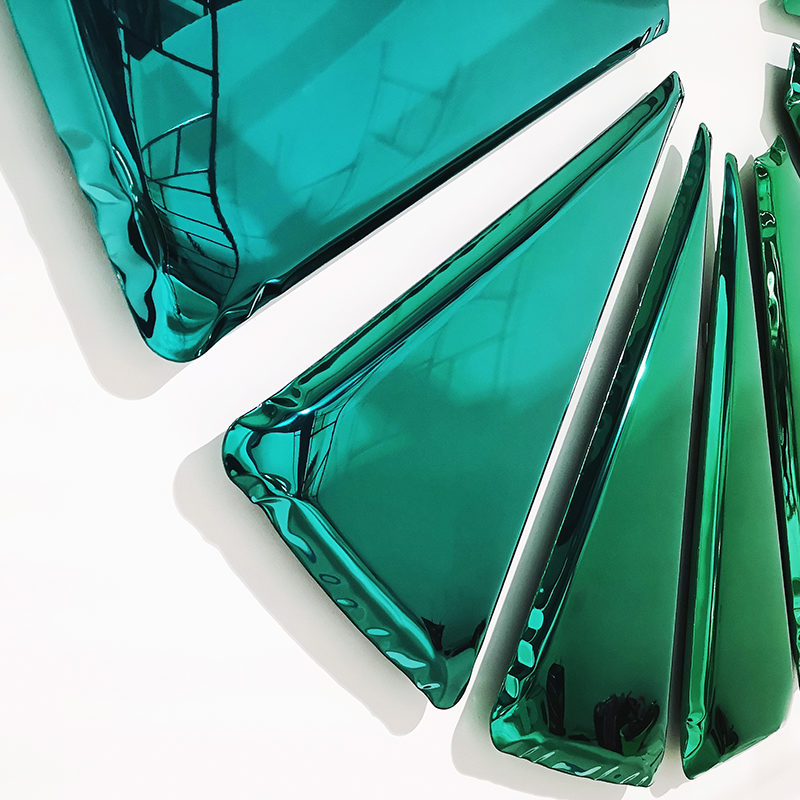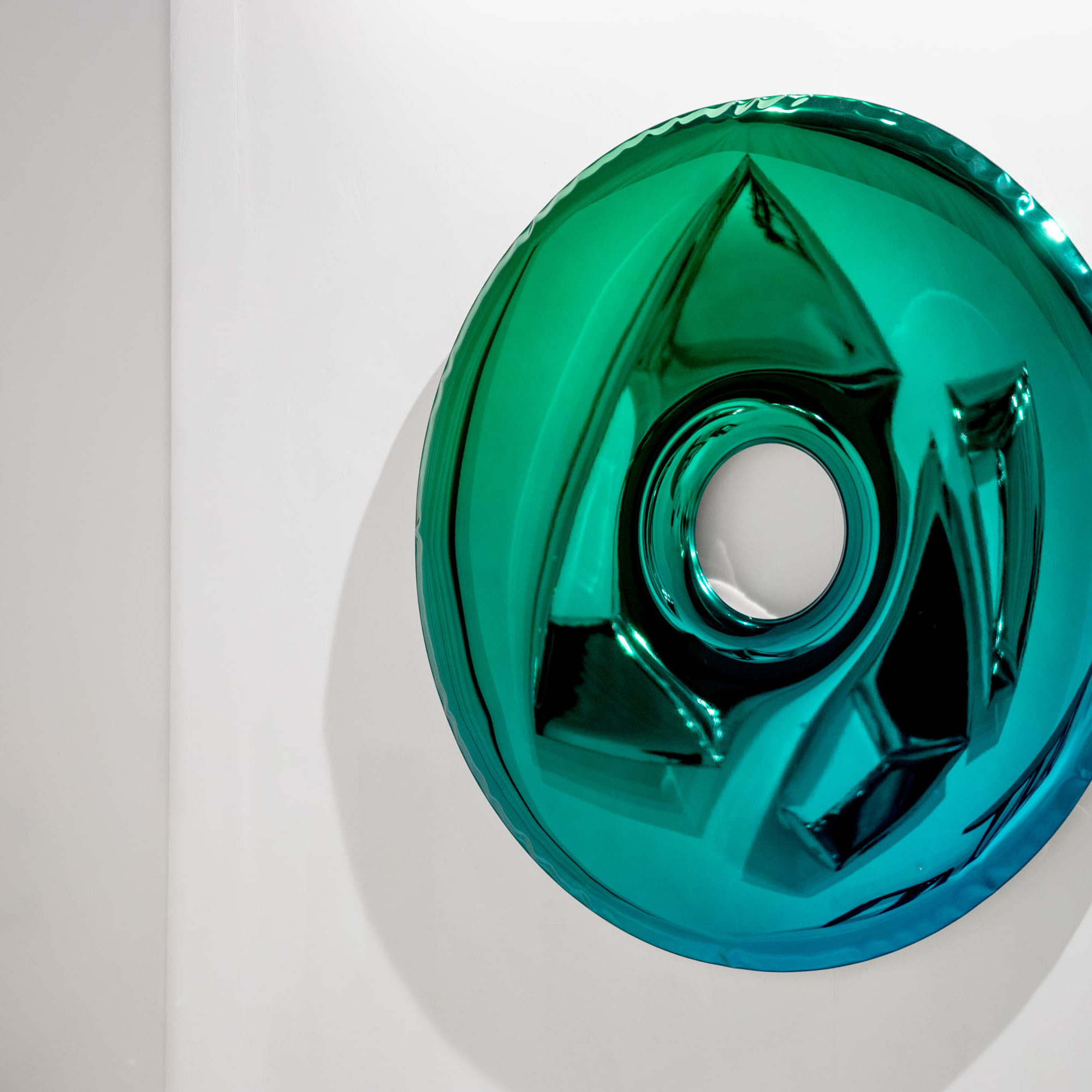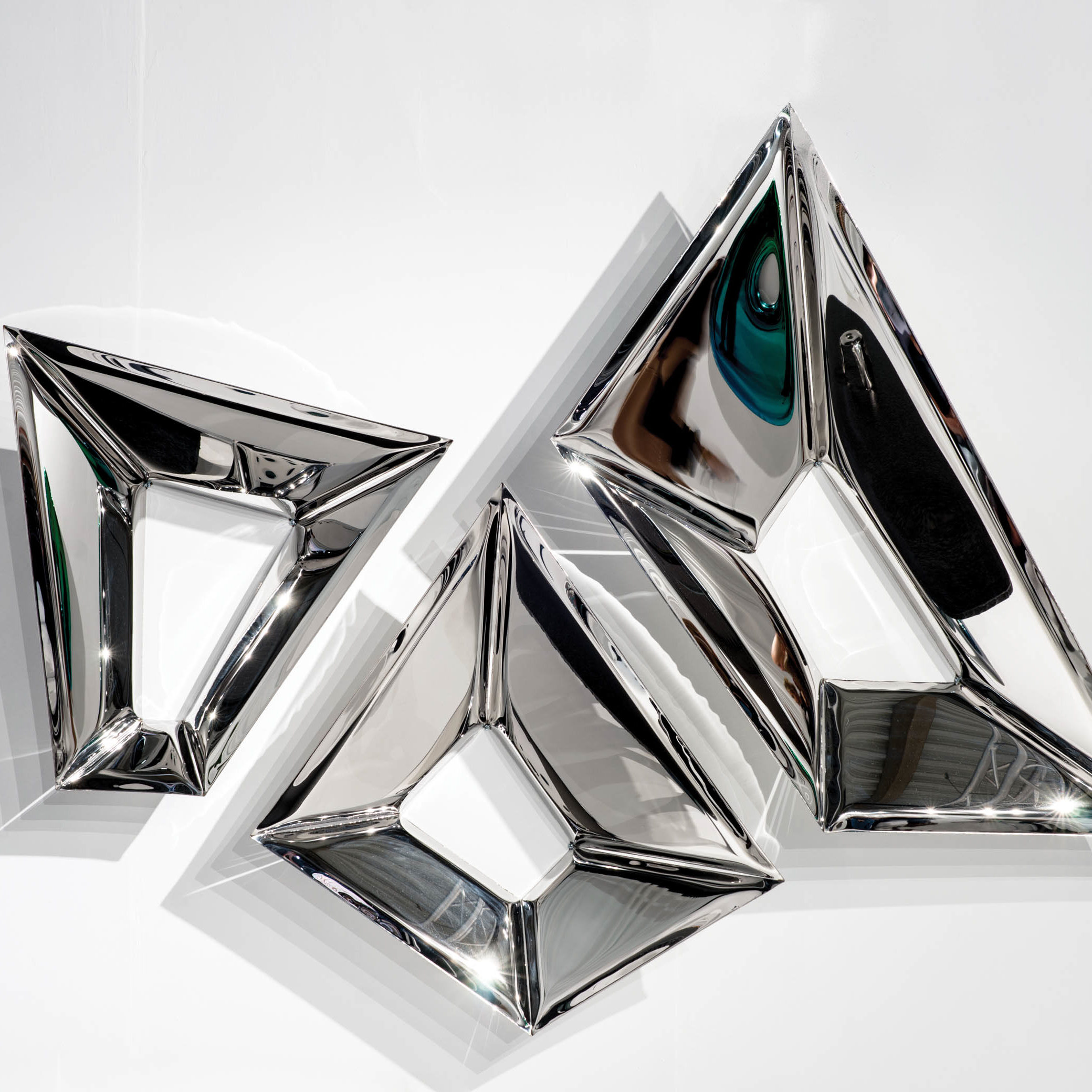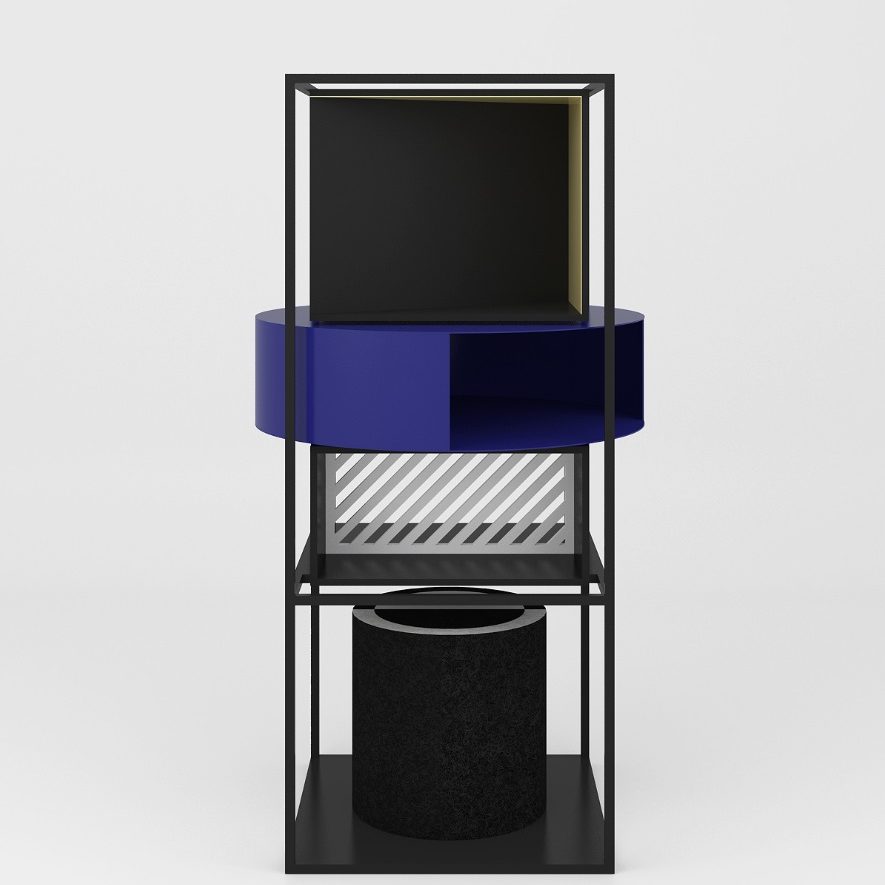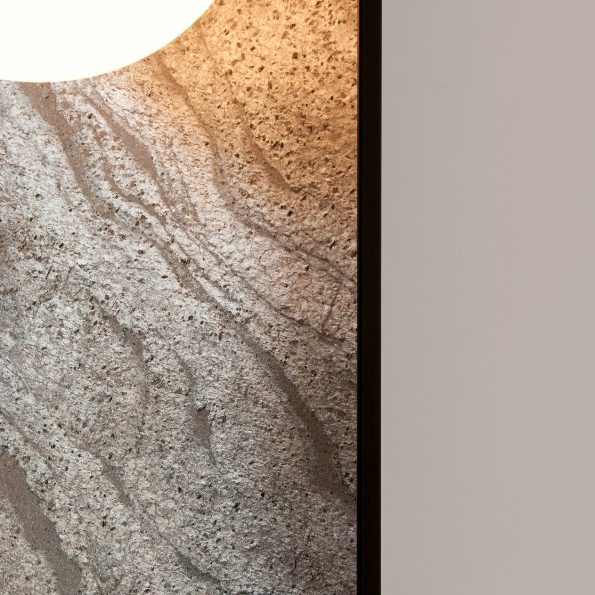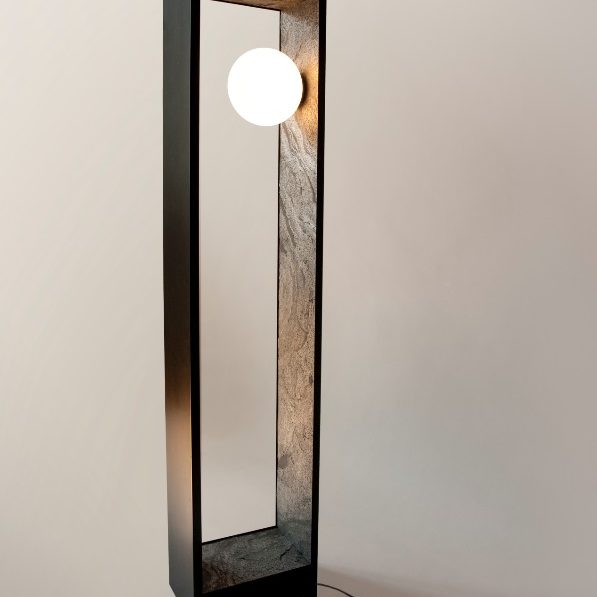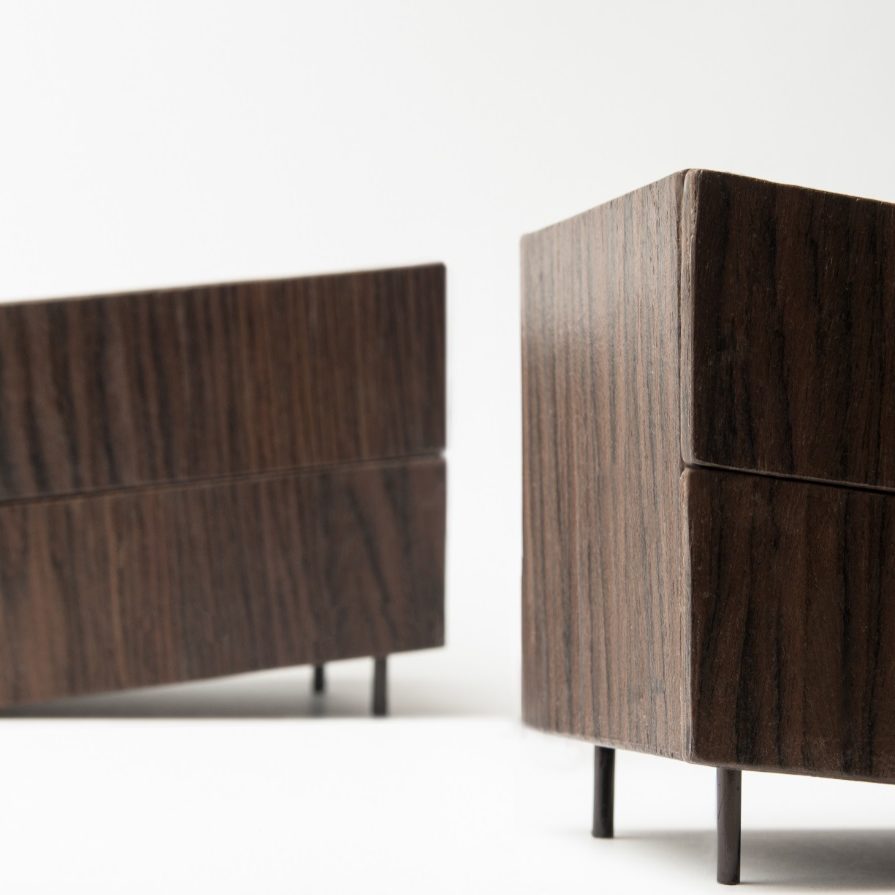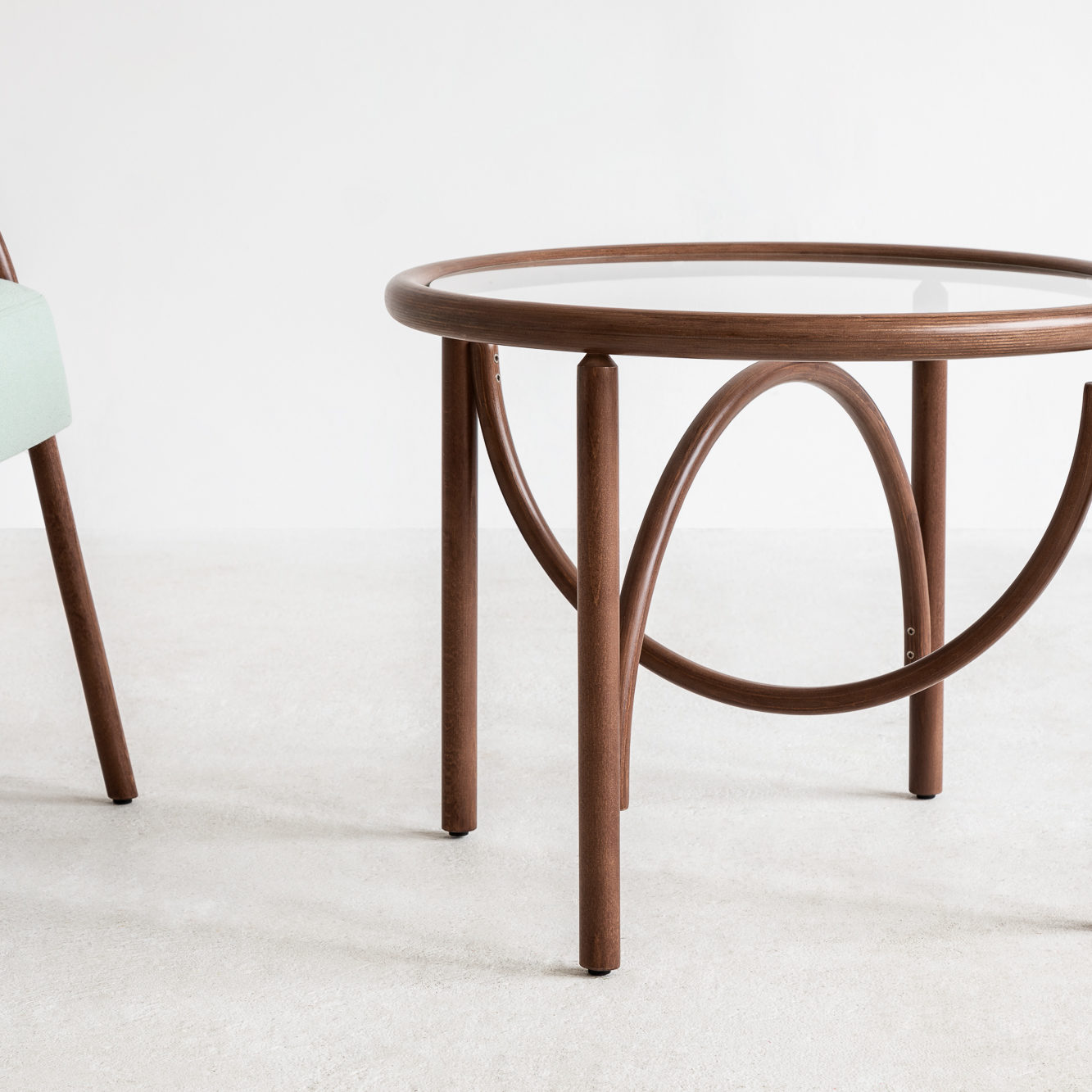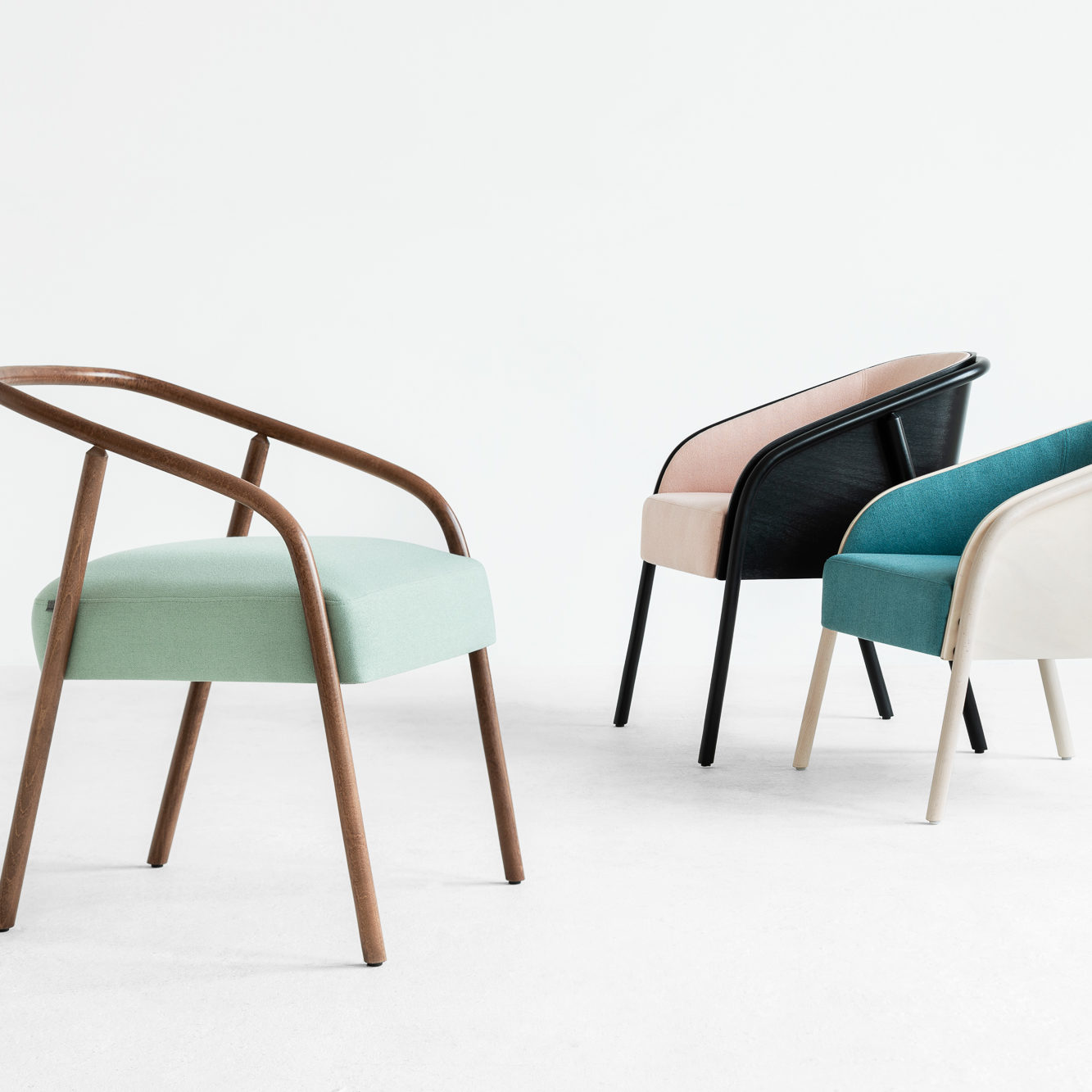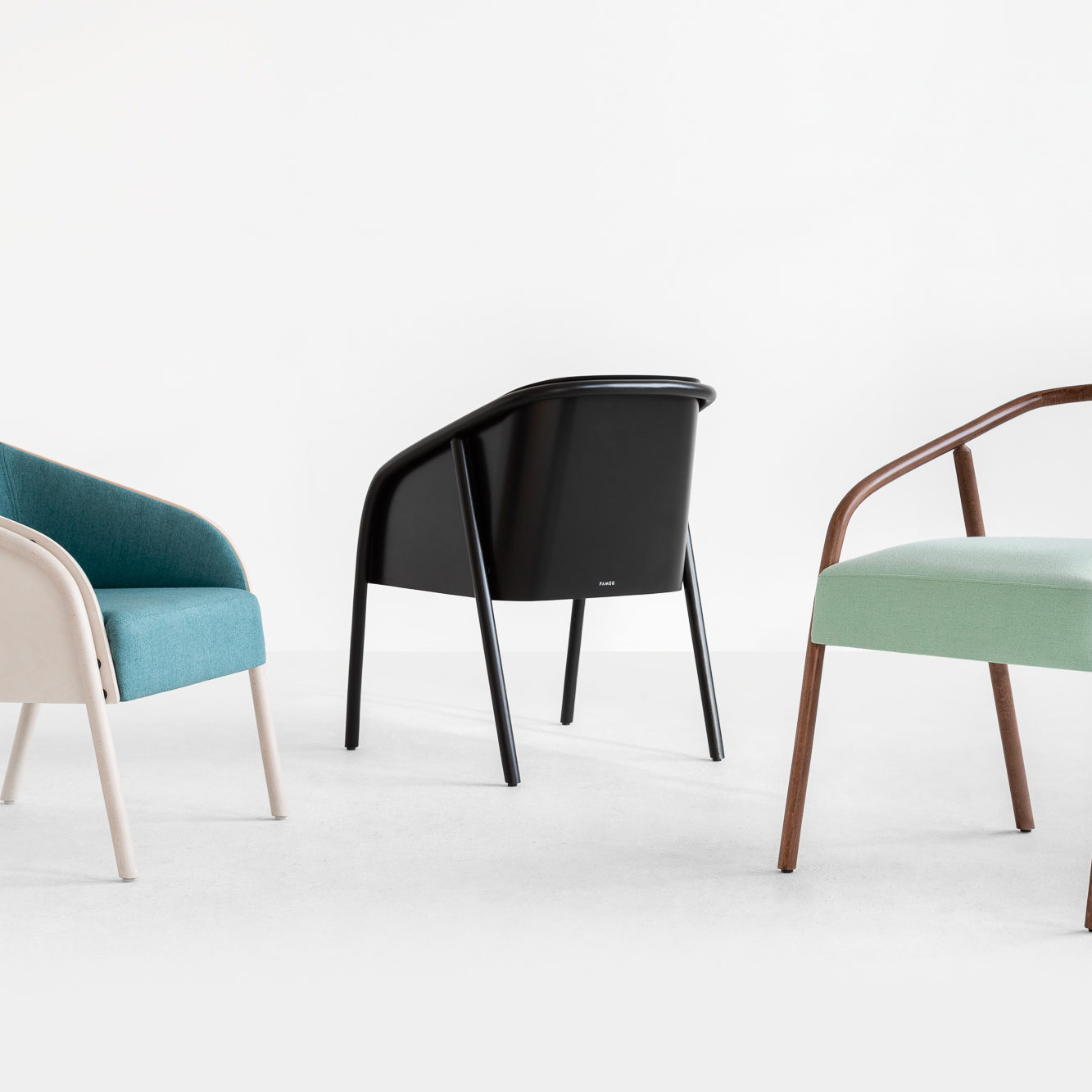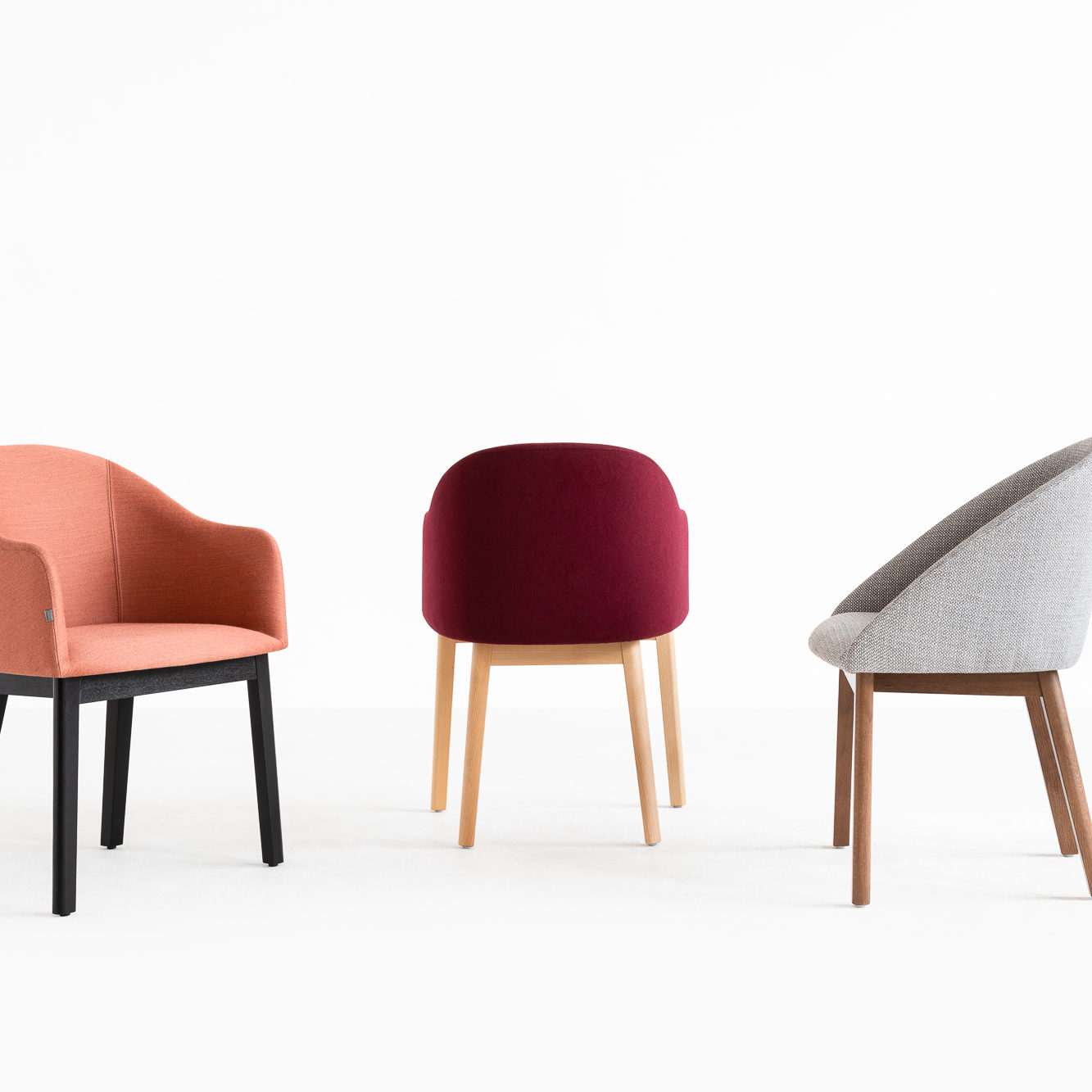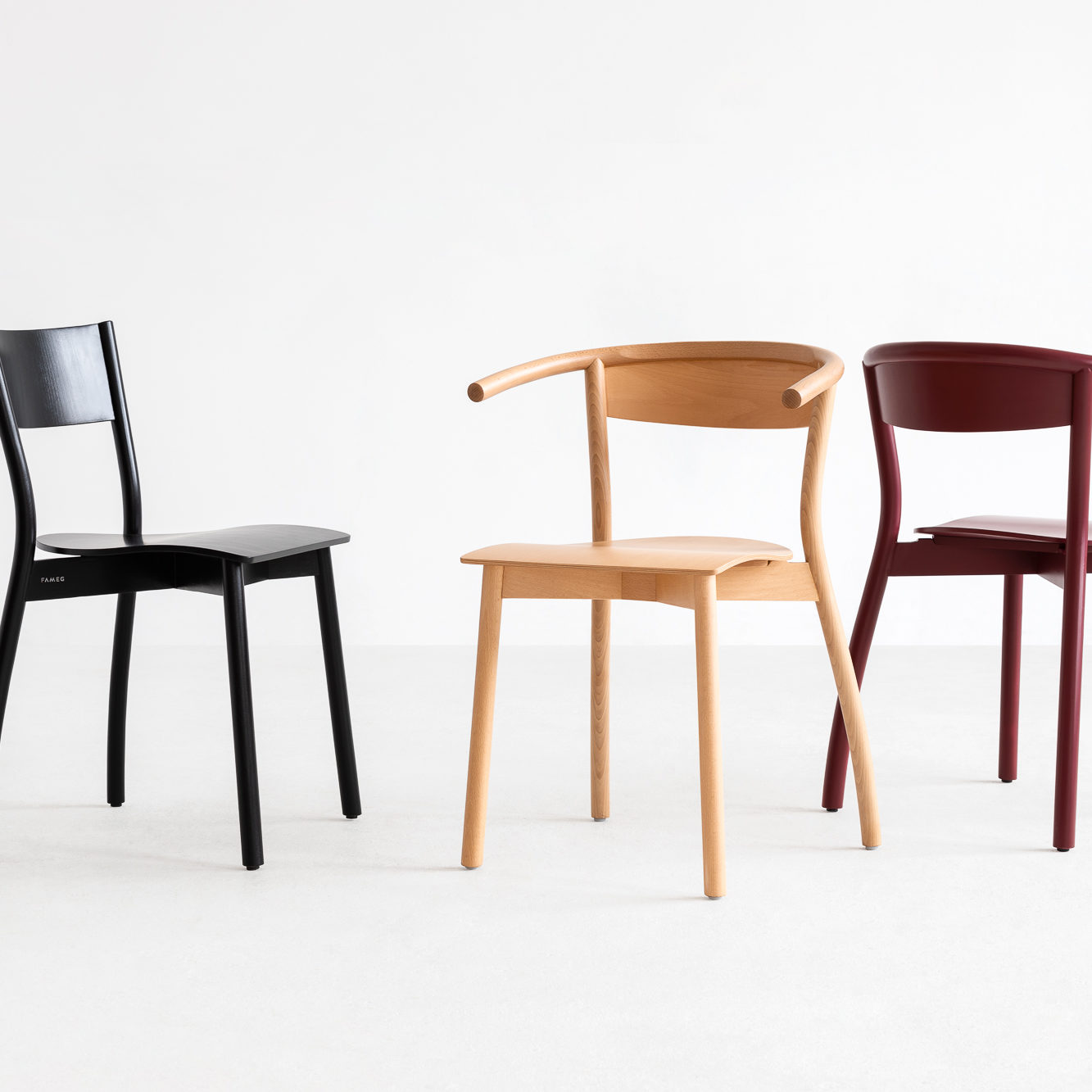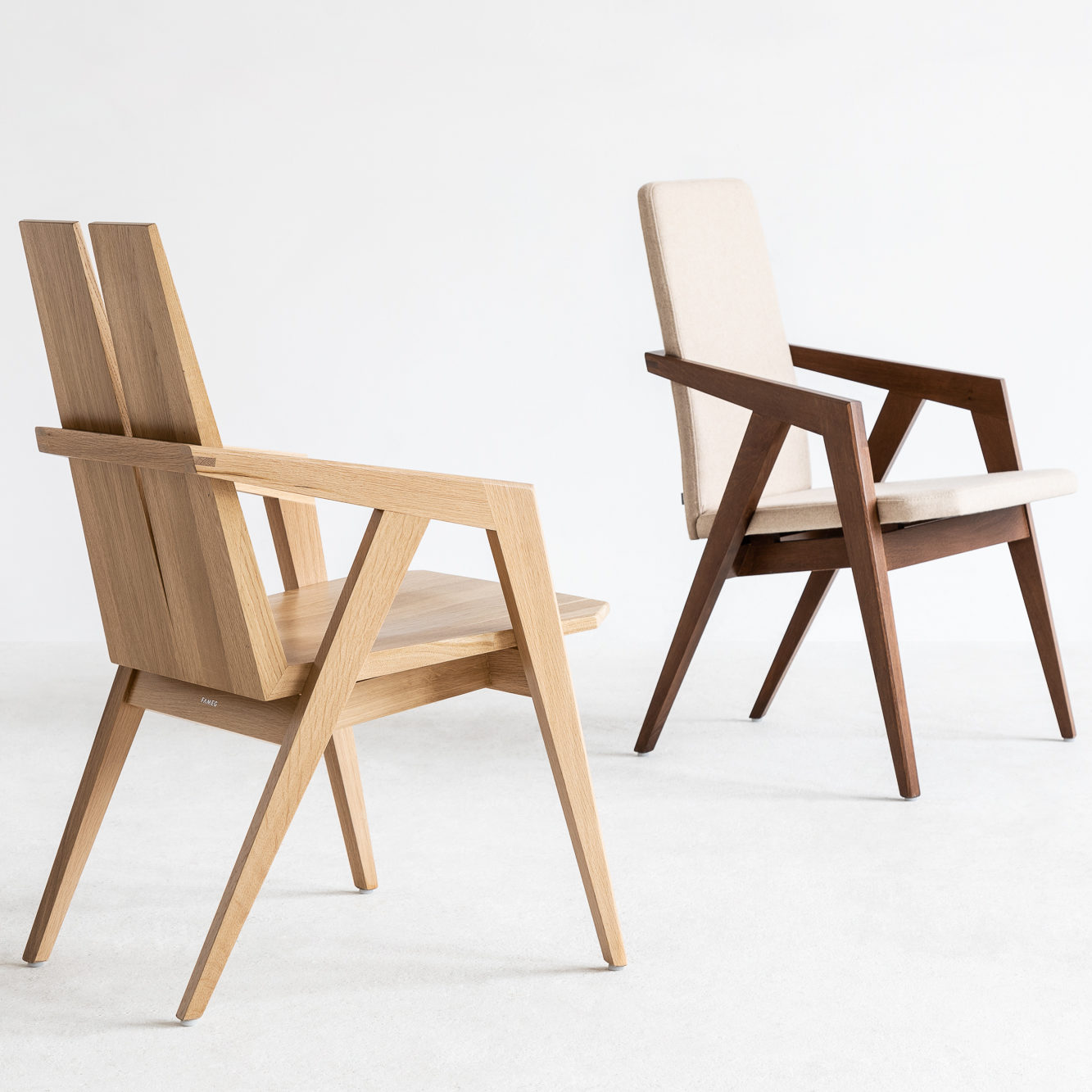Polish design at the Milan furniture fair. Salone del Mobile 2019
Anna Ostrowska
In April, Milan transforms into the international capital of design. At that time Italy becomes the focus of lovers of well-designed objects and furniture. The renowned architects, designers and artists create fair stands and spatial artistic installations. The world-famous producers present their designs and the best designers develop their new collections. In Milan, no one has to be convinced that good design is a great driving force for business. One can hear the words “design”, “space” and “art” everywhere. Side exhibitions and events held all over the city accompany the Salone del Mobile furniture fair as part of the Milan Design Week and Fuorisalone festival (Italian for “outside the living room”). Last year’s statistics show the scale of the event: in 2018 it had 435,066 attendees from five continents and 188 different nations.
What will Polish designers and manufacturers show?
Unfortunately, Polish design is represented relatively little during iSaloni. The largest number of Polish brands, as many as 17, has their stands in Euroluce – the international lighting exhibition of lamp manufacturers and designers from all over the world. Euroluce accompanies the furniture fair biennially alternatively with the exhibition devoted to kitchen furniture – EuroCucina. Poland is represented in this year’s edition by the following companies: Novodvorski, 4concpets, Barańska Design, Loftlight, Alfa Sosnowscy, Amplex, Antigo, Art Metal, Bottonova, Eko-light, Fam-Light, Kutek, Luminex, Milagro, Schwung Home, Shilo and Sigma. Loftlight will show their line of hand-made lamps for the third time in Milan. New additions to their offer are, inter alia, concrete designs with a metal coating from the Metal series, and the Velvet series where concrete is coated with suede. Studio Barańska Design has prepared a collection of lamps and mirrors made of Murano glass. In Edyta Barańska’s designs, glass seems ductile and warm. The designer works at the intersection of colour, structure and form, and her explorations lead to the creation of decorative light objects. 4concepts uses hand-formed glass as the basic material for the creation of new lamp designs. Novodvorski Lighting has been operating on the Polish market for 25 years. This season, their offer is dominated by golden tones with elements of white and black. The brand brings together glass and steel, wood and fabrics with interesting textures. Novodvorski offers a “Q” LED lamp designed by Łukasz Jaworski that has been awarded with the most prestigious design prize – the RED DOT 2019. It is a hanging lamp made of a 112 cm-long aluminium profile. Its asymmetric cross-section brings about an effect of subtle flowing of light on the lamp’s interior and an uneven dispersion of light that allows lightening a specific area without the risk of blinding the user.

Loftlight, hand-made lamps
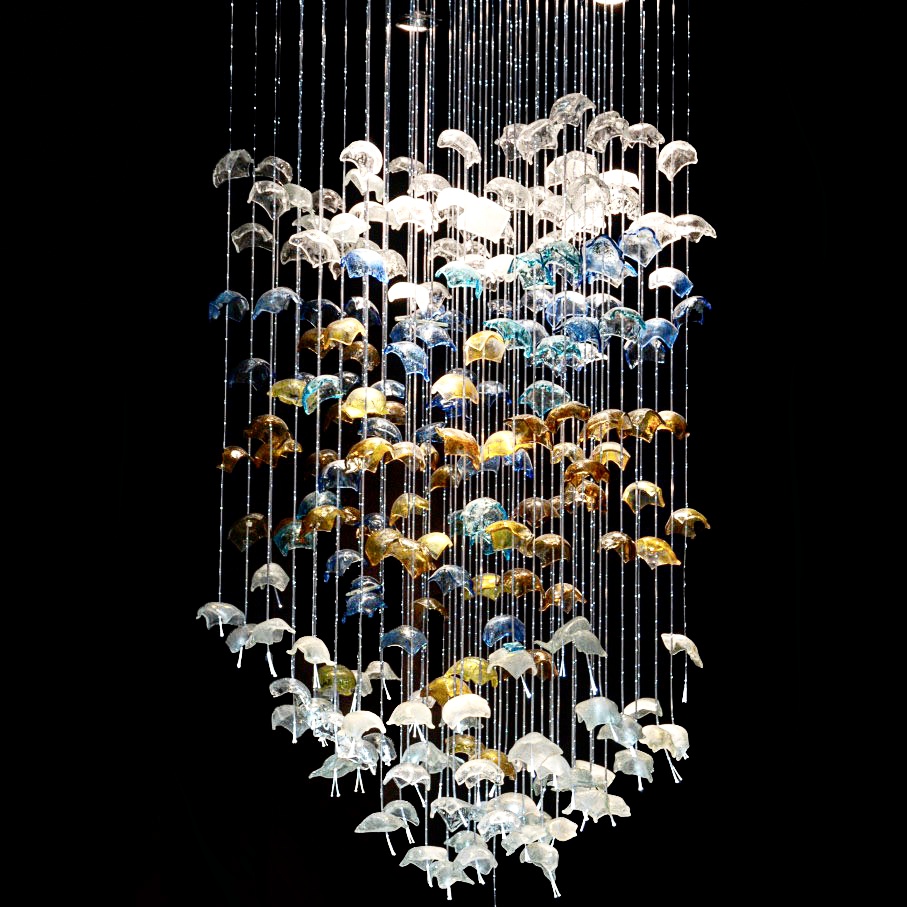
Barańska Design, collection of lamps
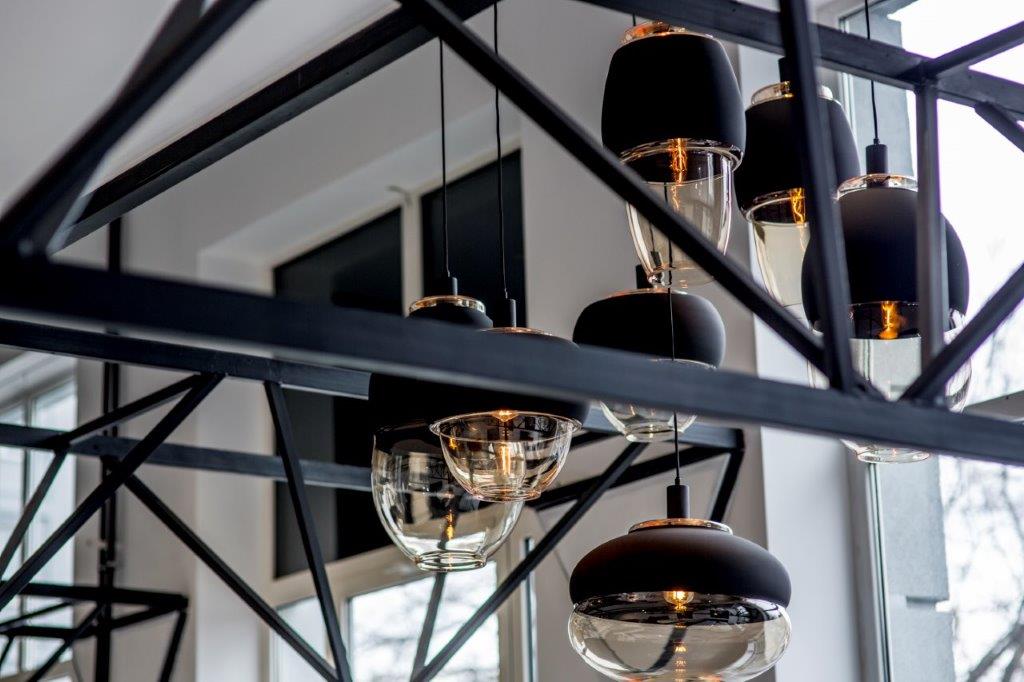
4concepts, new lamp designs

Novodvorski , “Q” LED lamp
Furniture made in Poland
The following companies represent Polish furniture design at the Milan fair: Comforty, Fameg, Paged, SED-JA and Zieta Prozessdesign. Comforty, indentified in Poland with tasteful design, will unveil for the first time projects developed by Maja Ganszyniec and Jan Kochański. Hillrock is a new modular sofa that will soon be included in the offer of Comforty. A prototype of the design, developed by Maja Ganszyniec, will be exhibited in Milan. The project resulted from a research conducted on the issue of contemporary home, hotel and office interiors, which proved that modern furniture has to be multifunctional and able to adapt to the changing space. Hillrock provides an answer to this demand. The sofa allows creation of various settings and configurations. It’s about users having fun with geometry. The sofa is designed of distinctive cubic solid structures in pastel colours. The designer combined smooth materials with subtle braids. Jan Kochański is the author of the second premiere for Comforty. The Calder series represents minimalistic design. The light form of the bench, as well as the compact armchair, is perfect for smaller interiors. Subtle details give the collection a sophisticated look. The Fameg furniture collection developed for public interiors has been created by Polish and foreign designers: Konrad Lohöfener, MUKA Design Lab, Oleg Pugachev, Stroog Andrzej Lęckoś, Torsten Neeland, Mejk Design, Max Kobiela, Pawlak & Stawarski. These are mostly variations about chairs manufactured of bent wood and plywood. They include light forms, minimalistic, and vivid patterns inspired by, for instance, applied graphics, minimalism and Scandinavian design. The London-based Torsten Neeland studio developed the models of lounge chairs, puffs, tables and trays for the Fameg brand. The collection is suitable for small rooms. The author of the projects emphasizes that space is the most valuable asset in big cities; therefore there is a new demand for furniture dedicated to increasingly smaller spaces. This trend concerns not only flats, but also, more and more, public interiors.
Comforty, Hillrock – a new modular sofa, photo: Ernest Wińczyk

Comforty, Cader series, photo: Ernest Wińczyk
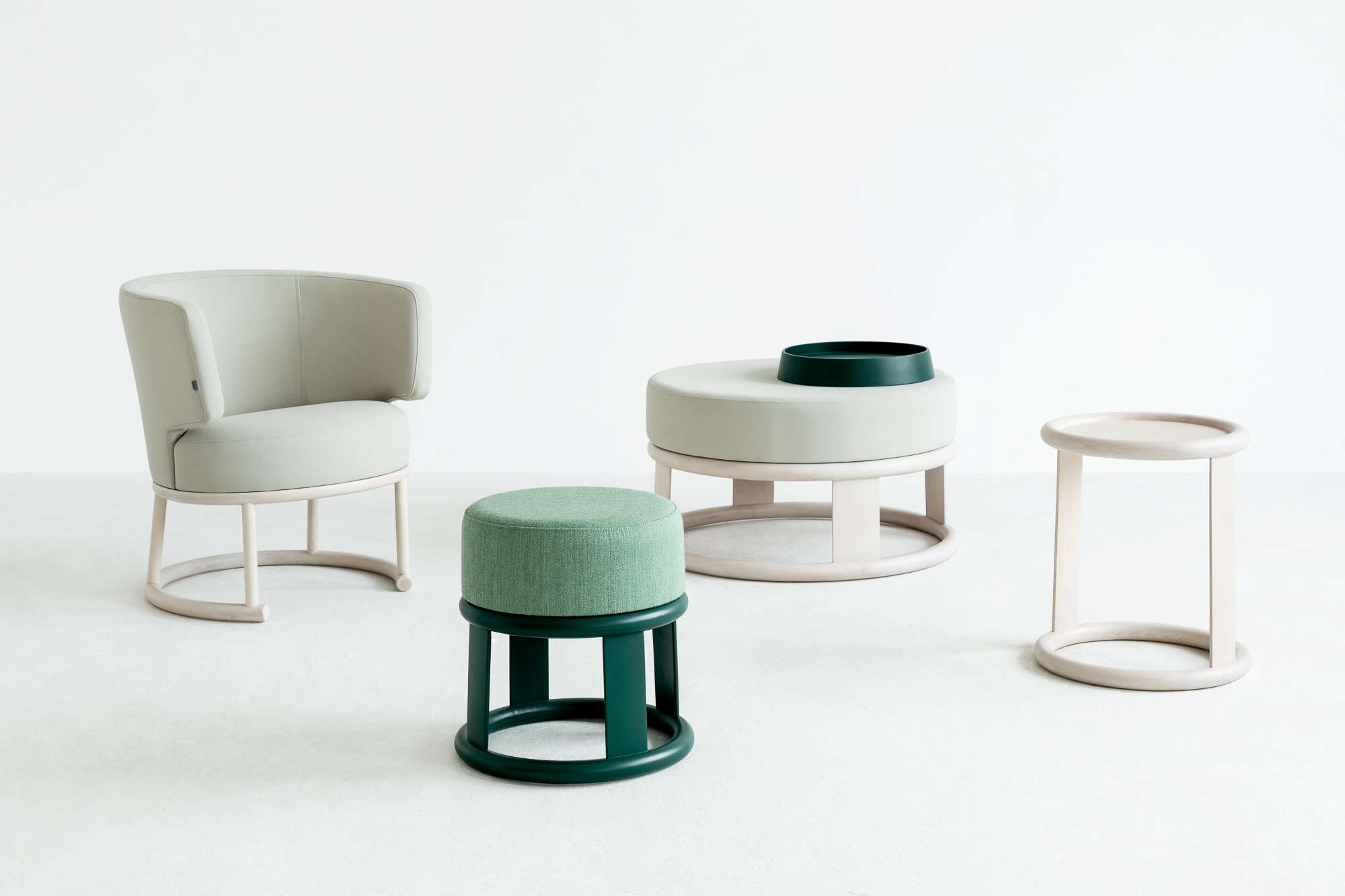
Frameg, Likewise series
Oskar Zięta and Prozzessdesign – the new chapter of the objects made in FIDU technology
The new Prozzessdesign collection will be presented during the exhibition entitled “Furniture of Disorder”. At the heart of the exhibition is Oskar Zięta’s new artistic installation that will be unveiled for the first time – the impressively enormous NUCLEUS mirror. This object has been made of many elements of polished stainless steel to have a mirror reflection. The surface of the mirror is covered with a special paint that creates a gradient composition of colours that have an exceptional depth and unique reflections. The transitions between emerald and sapphire shades evoke intensive visual experiences in the viewers, giving the impression of a curved reality. A change of viewpoint leads to a change of colour perception. The object is the dominant and the central point of space.
The premiere of the new colouristic line of Gradient collection will also take place during Milan Design Week.

Oskar Zięta, NUCLEUS mirror
Processed icon
It has been assumed that a new chair design, as an object of everyday use, should be included in every designer’s portfolio. By developing subsequent forms of this furniture piece, designers determine the body shape assumed by the user when sitting. Oskar Zięta will show in Milan a prototype inspired by the Gio Ponti’s 699 Superleggera chair named RABARBAR Ultralegger in order to distinguish it from the original. Initially, the RABARBAR chair was developed as a custom-designed object. Currently, the model has evolved and became a symbol of one of the significant features of the FIDU technology. It is a lightweight construction made of aluminium and characterized by a high strength ration with weight.
Oskar Zięta prepared more premieres for the exhibition in Milan. Another series is entitled CRYSTALS. It consists of mirrored objects combining geometric shapes with smooth, soft transitions of inflatable metal forms. Polished surfaces curve the light and create a game of reflections and shadows. New forms of CRYSTALS mirrors will be presented as a multi-element wall installation. The series will also feature a premiere of a table. The inner part of the table base has mirrored surfaces that create a reality-curving kaleidoscope. As a result, people looking into the object experience a colourful optical illusion. The clear tabletop exposes the shapes of the parametrically designed base in order to show the purity of form.
For the 2019 Milan Design Week, Oskar Zięta will create a pop-up installation for the CHROMATIC exhibition by JUNG. Mirrors, architecture and light will create an artistic spatial experiment in the ballet school halls in the heart of the Brera design district in Milan. The new collection will also be presented at the stand of the famous Italian furniture manufacturer Cierre Inbotitti that will add objects like RONDO Gradient mirrors and CRYSTALS mirrors to their exhibition.
Salone Satellite, or the projects of the young generation
Salone Satellite is the event in the furniture fair dedicated to designs developed by designers under 35. Polish design is represented also in this part of Salone del Mobile, hidden under the names Envee and Juko Studio. The founder of the first brand is Natalia Wieteska, an interior and furniture designer, graduate of the Academy of Fine Arts in Łódź. Wieteska will show a Linn floor lamp with a rectangular, open form with natural stone inlay. The source of light is located inside the frame causing the light to glide on the shiny and rough surface of the stone. The second design presented by Envee brand is a console. The foundation of this furniture piece is composed of intersecting planes that form a stable base. This construction element is reflected in the form of metal strips that connect it to the top. The exact pattern can be seen from the top, where it creates a geometric incrustation. The exhibition of Natalia Wieteska’s works will be supplemented by the Tilt collection. It is a series of elegant furniture pieces that are fun at the same time. They have a simple form, which was created as a result of “extending” of one of the edges of a rectangular, as if revealing bare, “thin” legs of the object. Instead of four legs, Tilt has only two. The play with form makes the object appear unstable, and its (in fact horizontal) shelves appear to be falling – this way it plays with our traditional “reading” of solid structures.
Envee, Linn – floor lamp
Modular and mobile furniture from JUKO STUDIO
As part of Salone Satellite, we may see designs developed by Julia Kowalczyk and Łukasz Mroczek from JUKO STUDIO. The Warriors collection consists of three individual furniture pieces: a chest of drawers, a clothing rack, and a coffee table, that are connected with a coherent concept based on movement, and a game of forms and colours. Rotating modules are enclosed in a steel frame, and differ in shape, size, and type of used material and colour. They have been combined in order to create a perfect balance between functionality and the visual aspect. High-quality, natural materials (brass and mirror sheets), integrated into black semi-matte solid structures, attract the attention and encourage interaction with their modular nature. The independent rotary motion of each element allows choosing one of many possible layouts that currently meet best the needs and expectations of the user. The puffs complementing the functions of the rotary modules of the chest of drawers and the clothing rack were developed with the help of a string wrapped with a woollen yarn.

JUKO STUDIO, The Warriors collection





